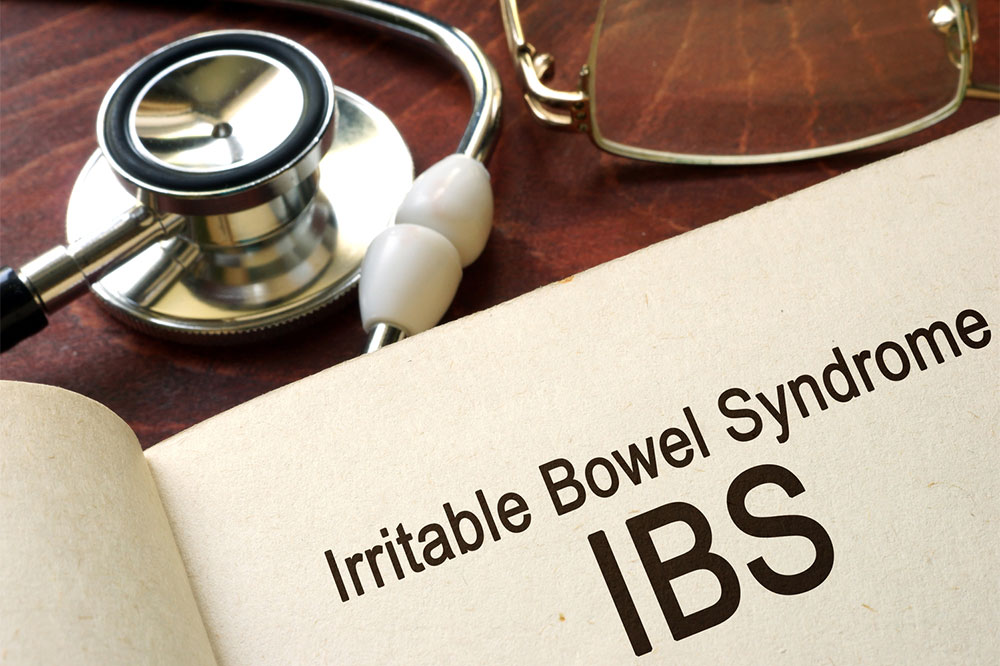Comprehensive Guide to Common Stomach Disorders: Causes, Symptoms, and Treatments
This comprehensive article explores common stomach disorders, including gastritis, peptic ulcers, and hiatal hernia. It explains their causes, symptoms, and treatment options, helping readers understand how to protect their digestive health. Early detection and lifestyle adjustments are key to managing these conditions effectively and preventing complications, ensuring better overall well-being.

Comprehensive Guide to Common Stomach Disorders: Causes, Symptoms, and Treatments
Stomach health plays a vital role in overall well-being, yet numerous digestive conditions can disrupt daily life. Stomach disorders, also known as gastrointestinal (GI) conditions, encompass a wide range of illnesses that affect the stomach and related digestive organs. While occasional bloating, discomfort, or mild pain are common and often transient, persistent or severe symptoms may indicate underlying problems that require medical intervention. Understanding these common stomach disorders, their causes, symptoms, and management options is crucial for maintaining good digestive health and preventing complications.
In this comprehensive guide, we explore three of the most prevalent stomach conditions: gastritis, peptic ulcers, and hiatal hernia. Each disorder has unique characteristics, risk factors, and treatment options, and awareness can aid in early detection and effective management.
Gastritis: Inflammation of the Stomach Lining
Gastritis refers to inflammation, irritation, or erosion of the stomach's mucosal lining. It can occur suddenly (acute gastritis) or develop gradually over time (chronic gastritis). The condition often manifests with symptoms such as nausea, vomiting, abdominal pain, indigestion, and a feeling of fullness or bloating. In some cases, gastritis may be asymptomatic, making it a silent condition that only presents with incidental findings during examinations.
The primary causes of gastritis include bacterial infections, particularly Helicobacter pylori, viral infections, excessive alcohol consumption, stress, and prolonged use of nonsteroidal anti-inflammatory drugs (NSAIDs) like aspirin or ibuprofen. Bile reflux, where bile flows back into the stomach, can also contribute. Risk factors for gastritis encompass high-stress lifestyles, frequent use of irritant medications, excessive alcohol intake, and older age, which correlates with increased prevalence of Helicobacter pylori bacteria.
Managing gastritis involves lifestyle modifications, such as reducing alcohol and NSAID use, managing stress, and adopting a balanced diet. Medications like antacids, proton pump inhibitors, and antibiotics (when infection is present) are commonly prescribed. In cases of severe complications, endoscopic treatments or surgery may be necessary.
Peptic Ulcers: Erosions in the Stomach and Duodenum
Peptic ulcers are open sores that develop on the inner lining of the stomach (gastric ulcers) or the upper part of the small intestine called the duodenum (duodenal ulcers). They result from the erosion of the mucosal lining caused by stomach acid, often compounded by infection with Helicobacter pylori bacteria. If left untreated, ulcers can deepen and lead to serious complications, including bleeding, perforation, or gastric outlet obstruction.
Common symptoms of peptic ulcers include burning stomach pain, nausea, vomiting, bloating, belching, and early satiety. Some individuals may experience bleeding manifesting as dark stools or vomiting blood, which requires immediate medical attention. Ulcers are often aggravated by factors that increase stomach acid or weaken the protective mucosal barrier, such as smoking, excessive alcohol consumption, spicy foods, and unmanaged stress.
Effective treatment includes a combination of antibiotics to eradicate H. pylori, medications to reduce stomach acid production like proton pump inhibitors, and lifestyle adjustments such as avoiding irritants and stress management. In severe cases, endoscopic procedures or surgical interventions may be necessary to control bleeding or repair perforations.
Hiatal Hernia: When Part of the Stomach Pushes Through the Diaphragm
A hiatal hernia occurs when part of the stomach protrudes through an opening (hiatus) in the diaphragm—the muscular wall that separates the chest cavity from the abdomen. This displacement can lead to symptoms such as persistent heartburn, reflux, chest discomfort, bloating, and hiccups. Though the exact cause of hiatal hernia remains unclear, it is associated with factors like muscle weakness, injury, or age-related degeneration.
Individuals over 50, those who are overweight or obese, and people with certain anatomical vulnerabilities are at increased risk. Physical exertion, heavy lifting, or trauma can also contribute to the development of a hiatal hernia.
Management strategies include lifestyle modifications, such as weight loss, eating smaller meals, avoiding foods that trigger reflux, and elevating the head of the bed. In some cases, medications like antacids or proton pump inhibitors are prescribed to manage reflux symptoms. Severe hernias may require surgical repair to reposition the stomach and strengthen the diaphragm opening.
In conclusion, maintaining a healthy lifestyle, being aware of the symptoms of common stomach disorders, and seeking timely medical advice can significantly improve digestive health. Early detection and proper treatment can prevent complications and improve quality of life. If you experience persistent gastrointestinal symptoms, consult a healthcare professional to obtain an accurate diagnosis and appropriate care plan.





